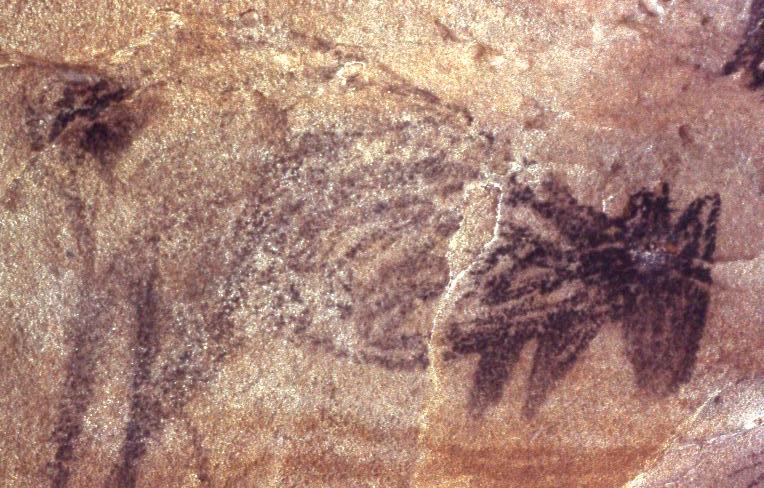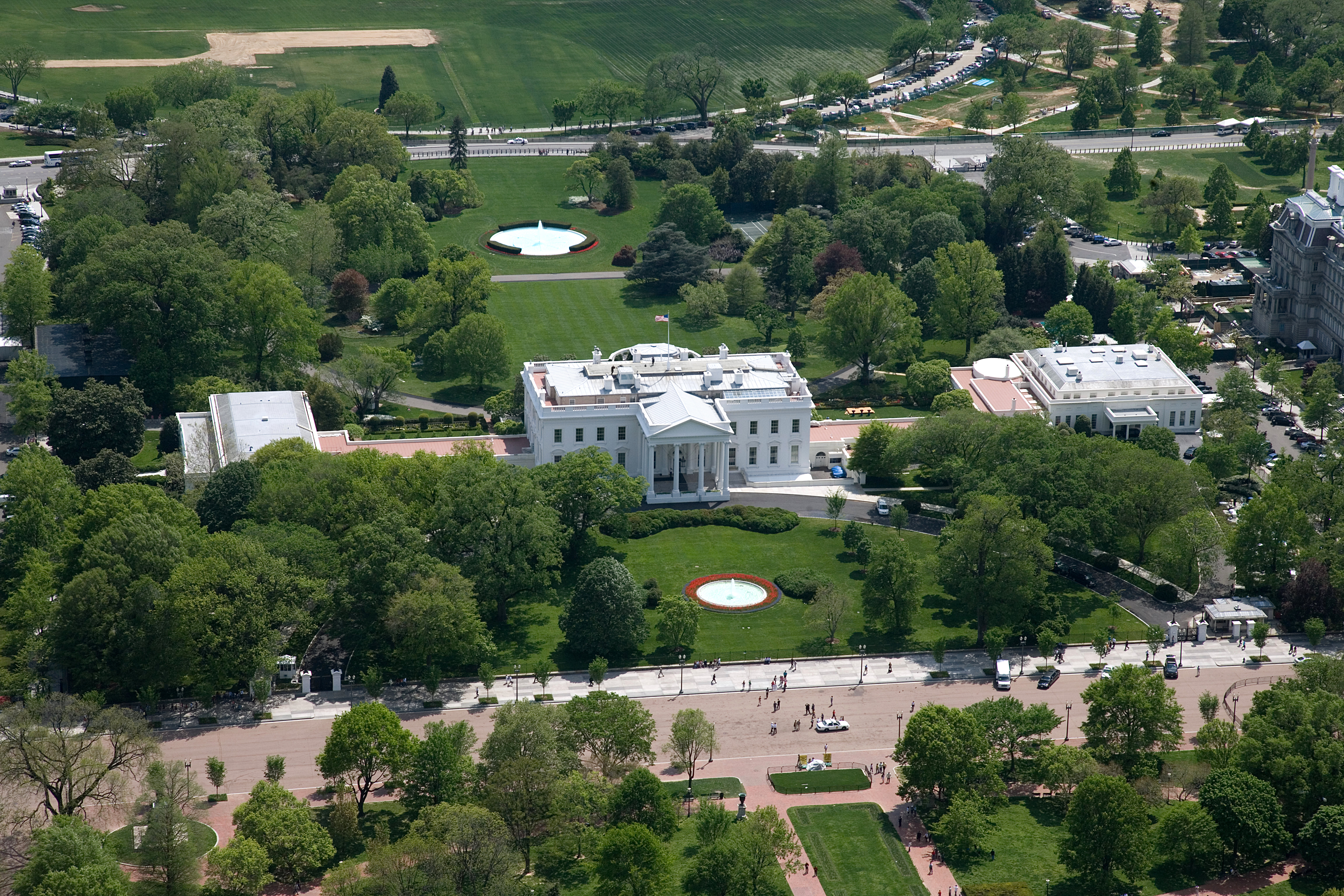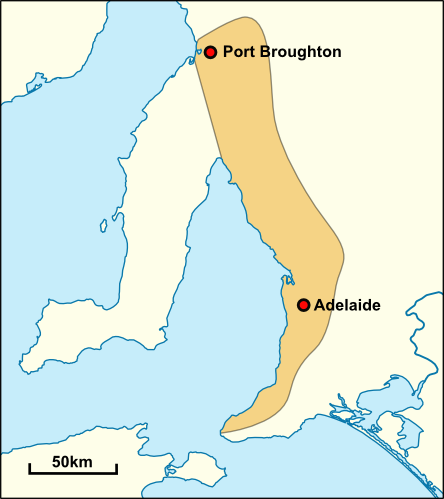|
Arthur Reginald Evans
Arthur Reginald Evans, DSC (14 May 1905 – 31 January 1989) was an Australian coastwatcher in the Pacific Ocean theatre in World War II. He is chiefly remembered for having played a significant part in the rescue of future US President John F. Kennedy and his surviving crew after their motor torpedo boat, '' PT-109'', was sunk by the Japanese in August 1943. Early life Evans was born in Sydney, New South Wales, on 14 May 1905, the oldest of three children to parents Stuart and Edith. Interested in being a sailor, after high school, he was rejected for a cadetship at the naval college in Jervis Bay, so joined as a senior cadet in the local militia instead, eventually becoming a second lieutenant. In 1929, he went to Vanuatu as the assistant manager of a coconut plantation. He later returned to Sydney and worked for the shipping company, Burns Philp, and worked as a manager for them in the Solomon Islands for the next decade. Military career After the outbreak of World War I ... [...More Info...] [...Related Items...] OR: [Wikipedia] [Google] [Baidu] |
Sydney
Sydney ( ) is the capital city of the state of New South Wales, and the most populous city in both Australia and Oceania. Located on Australia's east coast, the metropolis surrounds Sydney Harbour and extends about towards the Blue Mountains to the west, Hawkesbury to the north, the Royal National Park to the south and Macarthur to the south-west. Sydney is made up of 658 suburbs, spread across 33 local government areas. Residents of the city are known as "Sydneysiders". The 2021 census recorded the population of Greater Sydney as 5,231,150, meaning the city is home to approximately 66% of the state's population. Estimated resident population, 30 June 2017. Nicknames of the city include the 'Emerald City' and the 'Harbour City'. Aboriginal Australians have inhabited the Greater Sydney region for at least 30,000 years, and Aboriginal engravings and cultural sites are common throughout Greater Sydney. The traditional custodians of the land on which modern Sydney stands ar ... [...More Info...] [...Related Items...] OR: [Wikipedia] [Google] [Baidu] |
Sub-lieutenant
Sub-lieutenant is usually a junior officer rank, used in armies, navies and air forces. In most armies, sub-lieutenant is the lowest officer rank. However, in Brazil, it is the highest non-commissioned rank, and in Spain, it is the second highest non-commissioned rank. As a naval rank, a sub-lieutenant usually ranks below a lieutenant. Armies and air force rank In France, a sub-lieutenant () is the junior commissioned officer in the army or the air force. He wears a band in the colour of his corps (e.g. gold for infantry, silver for armoured cavalry, etc.). During the 18th century a rank of existed in the French Navy. It was the equivalent of the master's mate rank of the Royal Navy. It is now replaced by the rank of "first ensign" (). An Argentinian sub-lieutenant wears a single silver sun on each shoulder, Brazilian sub-lieutenants are the most senior non-commissioned rank (called Sub-Officer in the Navy and Air force), wearing a golden lozenge. In Mexico, the sub-lieu ... [...More Info...] [...Related Items...] OR: [Wikipedia] [Google] [Baidu] |
White House
The White House is the official residence and workplace of the president of the United States. It is located at 1600 Pennsylvania Avenue Northwest, Washington, D.C., NW in Washington, D.C., and has been the residence of every U.S. president since John Adams in 1800. The term "White House" is often used as a metonym for the Executive Office of the President of the United States, president and his advisers. The residence was designed by Irish-born architect James Hoban in the Neoclassical architecture, neoclassical style. Hoban modelled the building on Leinster House in Dublin, a building which today houses the Oireachtas, the Irish legislature. Construction took place between 1792 and 1800, using Aquia Creek sandstone painted white. When Thomas Jefferson moved into the house in 1801, he (with architect Benjamin Henry Latrobe) added low colonnades on each wing that concealed stables and storage. In 1814, during the War of 1812, the mansion was set ablaze by British forces in ... [...More Info...] [...Related Items...] OR: [Wikipedia] [Google] [Baidu] |
Inauguration Of John F
In government and politics, inauguration is the process of swearing a person into office and thus making that person the incumbent. Such an inauguration commonly occurs through a formal ceremony or special event, which may also include an inaugural address by the new official. The word ''inauguration'' stems from the Latin ''augur'', which refers to the rituals of ancient Roman priests seeking to interpret if it was the will of the gods for a public official to be deemed worthy to assume office. Public office The inaugurations of public figures, especially those of political leaders, often feature lavish ceremonies in which the figure publicly takes their oath of office (sometimes called "swearing in"), often in front of a large crowd of spectators. A monarchical inauguration may take on different forms depending on the nation: they may undergo a coronation rite or may simply be required to take an oath in the presence of a country's legislature. The "inaugural address" ... [...More Info...] [...Related Items...] OR: [Wikipedia] [Google] [Baidu] |
Adelaide
Adelaide ( ) is the list of Australian capital cities, capital city of South Australia, the state's largest city and the list of cities in Australia by population, fifth-most populous city in Australia. "Adelaide" may refer to either Greater Adelaide (including the Adelaide Hills) or the Adelaide city centre. The demonym ''Adelaidean'' is used to denote the city and the residents of Adelaide. The Native title in Australia#Traditional owner, Traditional Owners of the Adelaide region are the Kaurna people. The area of the city centre and surrounding parklands is called ' in the Kaurna language. Adelaide is situated on the Adelaide Plains north of the Fleurieu Peninsula, between the Gulf St Vincent in the west and the Mount Lofty Ranges in the east. Its metropolitan area extends from the coast to the Adelaide Hills, foothills of the Mount Lofty Ranges, and stretches from Gawler in the north to Sellicks Beach in the south. Named in honour of Queen Adelaide, the city was founded ... [...More Info...] [...Related Items...] OR: [Wikipedia] [Google] [Baidu] |
Rendova Island
Rendova is an island in the Western Province (Solomon Islands), Western Province of the Solomon Islands in the Pacific Ocean, South Pacific, east of Papua New Guinea. Geography Rendova Island is a roughly rectangularly-shaped island, located in the South Sea Islands, South Pacific in the New Georgia Islands. The length of the island is about 40 kilometers. To the north is the island of New Georgia and to the east is the island of Vangunu. Rendova is a volcanic island, with a central stratovolcano cone, with a height of which last erupted in the Pleistocene; however, the island is subject to frequent earthquakes. The island is surrounded in some places by a coral reef. The climate on Rendova is wet and tropical, and the island is subject to frequent cyclones. Flora and fauna The black-sand beaches along the southwest coast of Rendova are important nesting grounds for the critically endangered leatherback turtle. Community-based conservation organisation, the Tetepare Descendant ... [...More Info...] [...Related Items...] OR: [Wikipedia] [Google] [Baidu] |
Playfair Cipher
The Playfair cipher or Playfair square or Wheatstone–Playfair cipher is a manual symmetric encryption technique and was the first literal digram substitution cipher. The scheme was invented in 1854 by Charles Wheatstone, but bears the name of Lord Playfair for promoting its use. The technique encrypts pairs of letters ('' bigrams'' or ''digrams''), instead of single letters as in the simple substitution cipher and rather more complex Vigenère cipher systems then in use. The Playfair is thus significantly harder to break since the frequency analysis used for simple substitution ciphers does not work with it. The frequency analysis of bigrams is possible, but considerably more difficult. With 600 possible bigrams rather than the 26 possible monograms (single symbols, usually letters in this context), a considerably larger cipher text is required in order to be useful. History The Playfair cipher was the first cipher to encrypt pairs of letters in cryptologic history. Wh ... [...More Info...] [...Related Items...] OR: [Wikipedia] [Google] [Baidu] |
Allies Of World War II
The Allies, formally referred to as the United Nations from 1942, were an international military coalition formed during the Second World War (1939–1945) to oppose the Axis powers, led by Nazi Germany, Imperial Japan, and Fascist Italy. Its principal members by 1941 were the United Kingdom, United States, Soviet Union, and China. Membership in the Allies varied during the course of the war. When the conflict broke out on 1 September 1939, the Allied coalition consisted of the United Kingdom, France, and Poland, as well as their respective dependencies, such as British India. They were soon joined by the independent dominions of the British Commonwealth: Canada, Australia, New Zealand and South Africa. Consequently, the initial alliance resembled that of the First World War. As Axis forces began invading northern Europe and the Balkans, the Allies added the Netherlands, Belgium, Norway, Greece, and Yugoslavia. The Soviet Union, which initially ha ... [...More Info...] [...Related Items...] OR: [Wikipedia] [Google] [Baidu] |
Blackett Strait
Blackett Strait is a waterway in the Western Province of the Solomon Islands. It lies between the islands of Kolombangara to the north, and Arundel Island (Kohinggo) to the south. It connects Vella Gulf to the west with Kula Gulf to the east. Battle of Blackett Strait During the Solomon Islands campaign in World War II, the Battle of Blackett Strait was fought here between the Imperial Japanese Navy and the United States Navy on the night of 5–6 March 1943.Nevitt, ''Combinedfleet.com''''Murasame'' PT-109 Another engagement occurred in Blackett Strait when a force of PT boats were sent to intercept the "Tokyo Express" supply convoy on 2 August. In what National Geographic called a "poorly planned and badly coordinated" attack, 15 boats with 60 available torpedoes went into action. However, of the 30 torpedoes fired, not a single hit was scored. In that battle, only four PT boats (the section leaders) had radar, and they were ordered to return to base after firing their tor ... [...More Info...] [...Related Items...] OR: [Wikipedia] [Google] [Baidu] |
Vila, Solomon Islands
Vila is a site at the southern end of Kolombangara in the nation of Solomon Islands, originally the location of the Vila Stanmore coconut plantation. During World War II, Japanese forces built an airstrip in order to stage aircraft from Rabaul down to Guadalcanal Guadalcanal (; indigenous name: ''Isatabu'') is the principal island in Guadalcanal Province of Solomon Islands, located in the south-western Pacific, northeast of Australia. It is the largest island in the Solomon Islands by area, and the se ..., and on several occasions, beginning on 24 January 1943 US attempted to put the airstrip out of operation by bombing it. However, it remained in use until the Japanese evacuated Kolombangara in September and early October 1943. The airstrip survives today, and is occasionally visited by tourists interested in the history. External links Photos of Vila Airfield Geography of the Solomon Islands Airports in the Solomon Islands {{Solomons-geo-stub ... [...More Info...] [...Related Items...] OR: [Wikipedia] [Google] [Baidu] |
Melanesians
Melanesians are the predominant and indigenous inhabitants of Melanesia, in a wide area from Indonesia's New Guinea to as far East as the islands of Vanuatu and Fiji. Most speak either one of the many languages of the Austronesian language family, especially ones in the Oceanic branch, or from one of the many unrelated families of Papuan languages. Other languages are the several creoles of the region, such as Tok Pisin, Hiri Motu, Solomon Islands Pijin, Bislama, and Papuan Malay. Origin and genetics The original inhabitants of the group of islands now named Melanesia were likely the ancestors of the present-day Papuan people. They appear to have occupied these islands as far east as the main islands in the Solomon Islands, including Makira and possibly the smaller islands farther to the east. Particularly along the north coast of New Guinea and in the islands north and east of New Guinea, the Austronesian people, who had migrated into the area more than 3,000 years ... [...More Info...] [...Related Items...] OR: [Wikipedia] [Google] [Baidu] |




.png)

